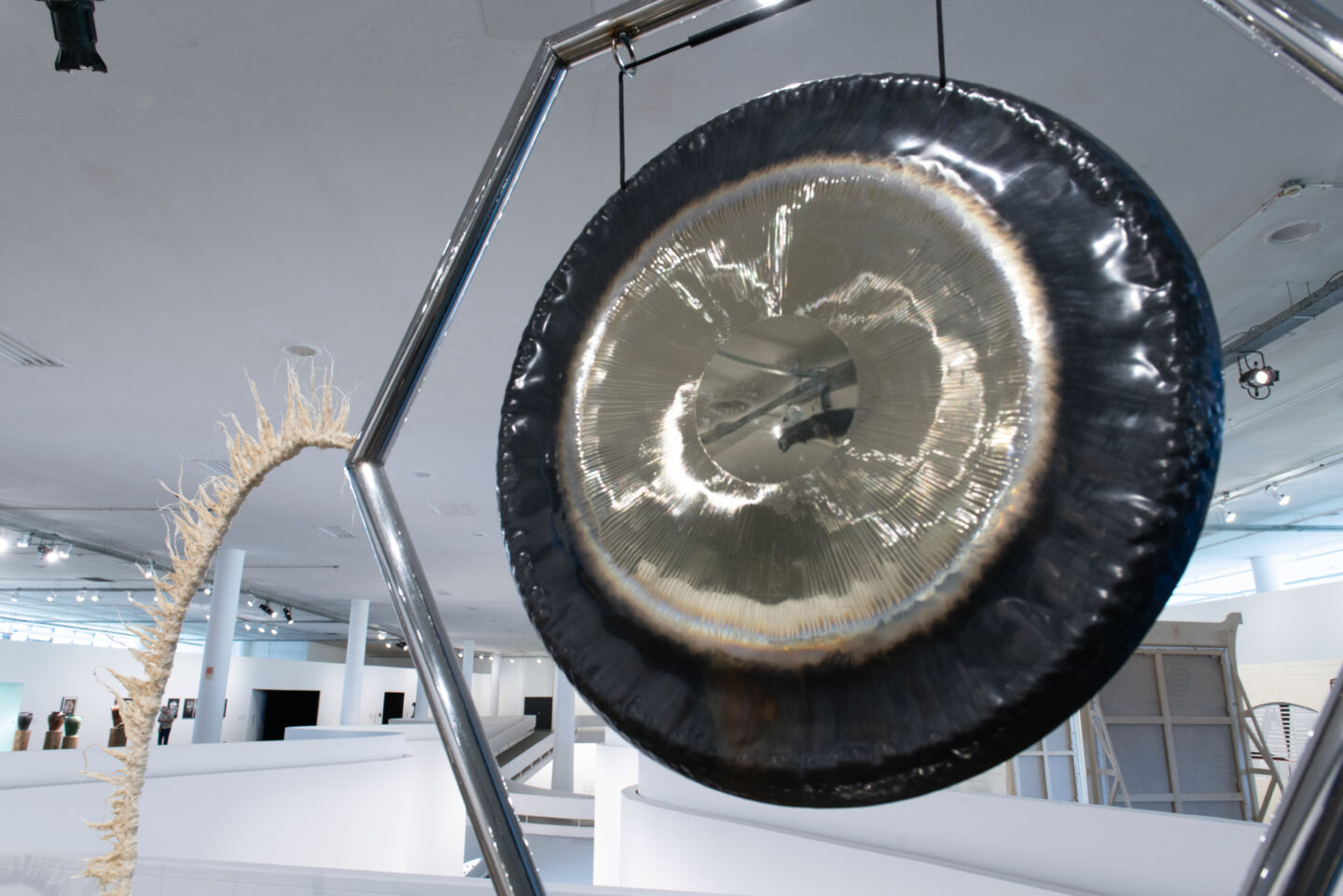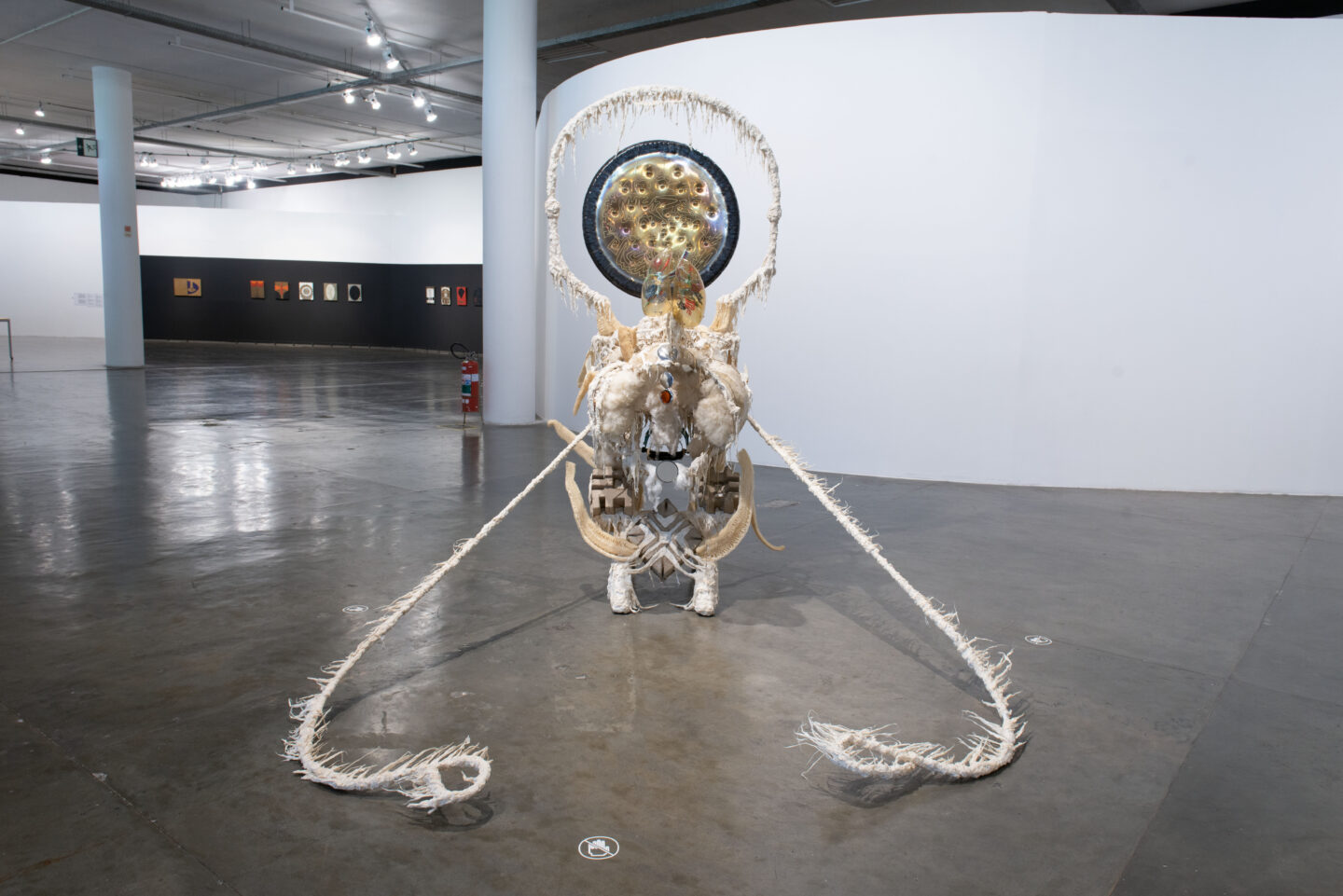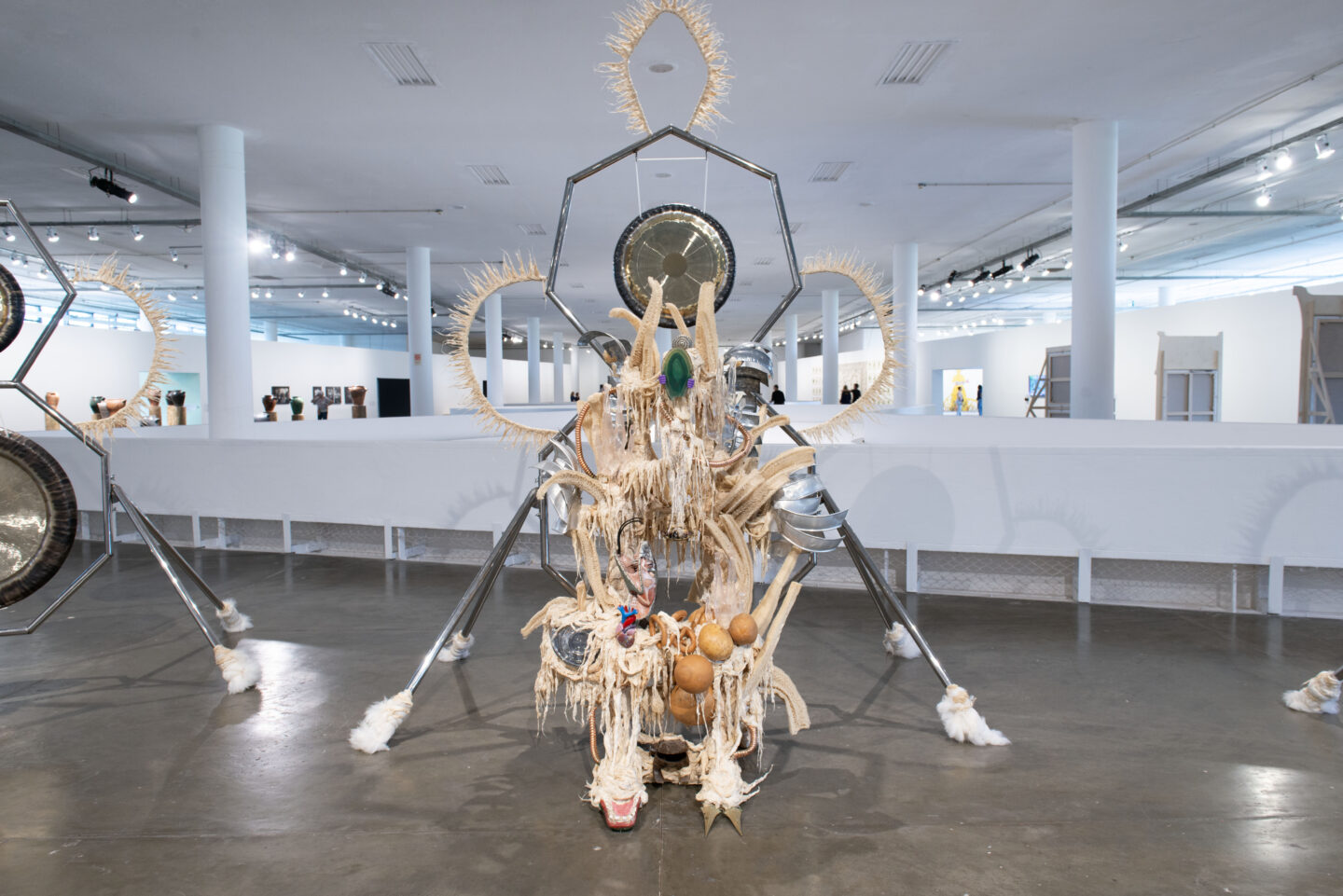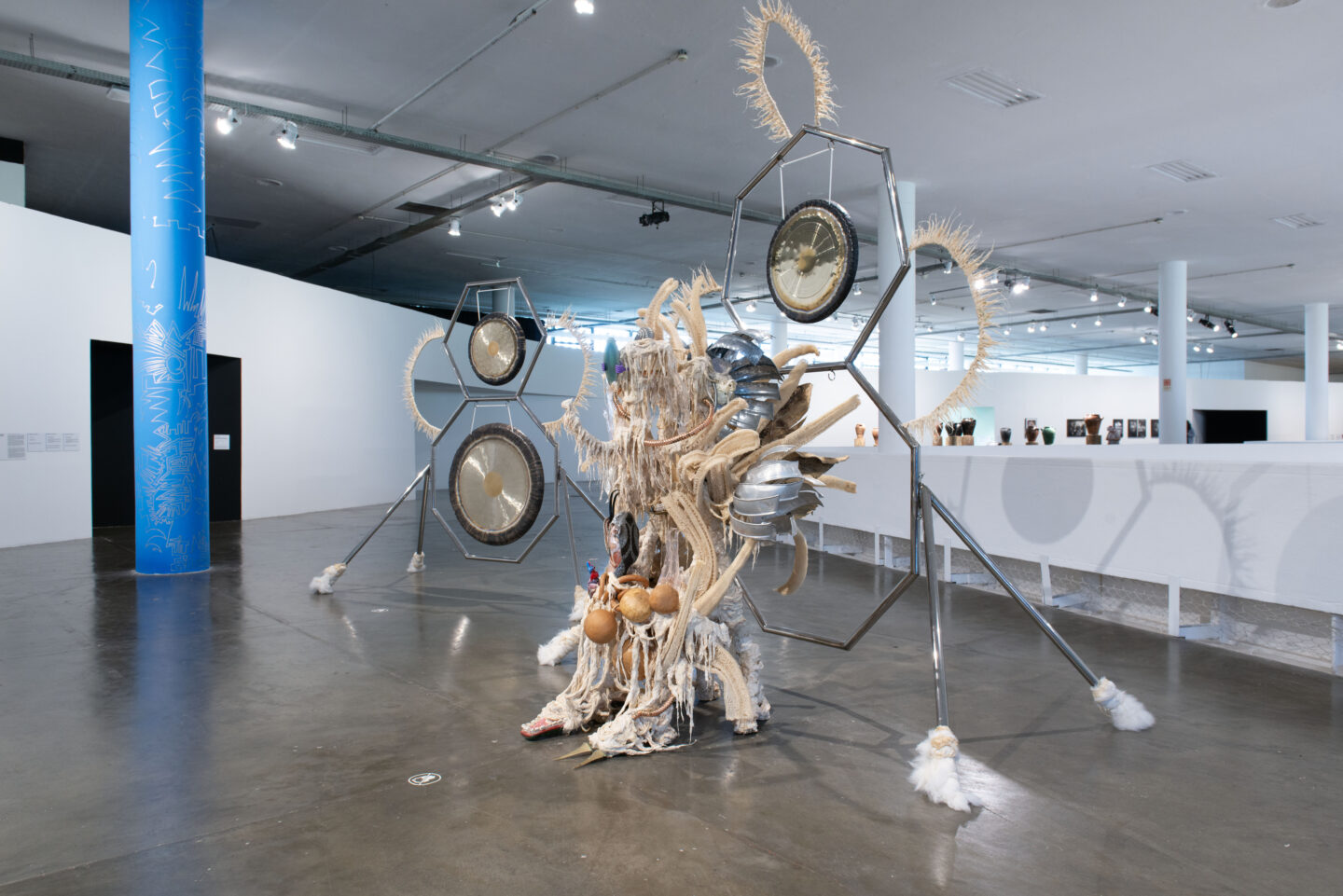
Guadalupe Maravilla
One of the narratives of Latin America today is the problem of migration. The most visible example is undoubtedly that of Mexico as a country of undocumented migrants and the encounters and misunderstandings when crossing the border with the United States. As a counterbalance, the artist Guadalupe Maravilla averts our gaze to a deeper and more unknown south, the so-called Northern Triangle of Central America, comprising Guatemala, Honduras, and his country of origin, El Salvador. During the 1980s, when El Salvador was at the height of the region’s counterinsurgency wars, the forced transit of people fleeing violence and seeking refuge was particularly extreme. Maravilla was one of the many undocumented children who made the journey to the border unaccompanied. Today, the artist Guadalupe Maravilla revisits this experience to develop a conceptual approach that alludes to the somatizations – in the broadest sense of the term – of what he saw and experienced during the crossing. Like an extraordinary sounding board, Maravilla’s projects tell his own story but also that of thousands of individuals who have been marked by this vast scar called the border.
As a result, his artistic proposals are multitudinous performances and collaborations, scenographies overloaded with gestures, objects and mechanisms that are installed as altar pieces. In many of them, we find traces of the traditional children’s game known in El Salvador as Tripa Chuca, which results from connecting numbers to lines, as well as drawings taken from ancient codices and canvases with pictographic stories that refer to pre-Columbian communities, their participation in the conquest, their knowledge networks, commercial traffic, and resources. The whole is a map of displacements, miscegenation, syncretism, perseverance, and forms of historical survival.
At the center of this epic journey, the artist places large-scale sculptures entitled Disease Throwers (2019–-ongoing). Their strange and organic shapes are assembled with moldable materials and musical instruments that, with a specific vibration, generate therapeutic spaces that invite resilience. Maravilla’s “healing machines” suggest the opening of portals to ancestors and the performance of a sound ceremony which, in this edition of the Bienal, is the possibility of celebrating a collective ritual to heal traumas and conditions of the body.
rossina cazali
translated from Spanish by ana laura borro
- Vista da Instalação Tripa Chuca, de Guadalupe Maravilla na 35ª Bienal de São Paulo – coreografias do impossível © Levi Fanan / Fundação Bienal de São Paulo
- Vista da obra Disease Thrower #4, de Guadalupe Maravilla na 35ª Bienal de São Paulo – coreografias do impossível © Levi Fanan / Fundação Bienal de São Paulo
- Detalhe da obra Disease Thrower #17, de Guadalupe Maravilla na 35ª Bienal de São Paulo – coreografias do impossível © Levi Fanan / Fundação Bienal de São Paulo
- Vista da obra Disease Thrower #4, de Guadalupe Maravilla na 35ª Bienal de São Paulo – coreografias do impossível © Levi Fanan / Fundação Bienal de São Paulo
- Vista da obra Disease Thrower #17, de Guadalupe Maravilla na 35ª Bienal de São Paulo – coreografias do impossível © Levi Fanan / Fundação Bienal de São Paulo
- Vista da obra Disease Thrower #17, de Guadalupe Maravilla na 35ª Bienal de São Paulo – coreografias do impossível © Levi Fanan / Fundação Bienal de São Paulo
Guadalupe Maravilla (San Salvador, El Salvador, 1976. Lives in New York, United States) is a transdisciplinary artist, choreographer, professor, and healer. He grounds his sculptures, drawings, performances, videos and installations in notions of activism and healing, based on his own personal story of migration, cancer and recovery. His large-scale sculptures, called by the artist “Disease Throwers”, function as ornaments, instruments, and shrines, through the incorporation of elements collected all over Central America, anatomical models and musical instruments. His works are part of permanent collections of institutions such as the MoMA, Whitney Museum of American Art, El Museo del Barrio (New York, USA), Museo Nacional Centro de Arte Reina Sofía (Madrid, Spain) and Institute of Contemporary Art (Miami, USA). He was awarded the Joan Mitchell Fellowship (2021), LatinX Fellowship (2021), Guggenheim Foundation Fellowship (2019) and Art Matters Grant (2013).
This participation is supported by Y.ES Contemporary.

 Português
Português




